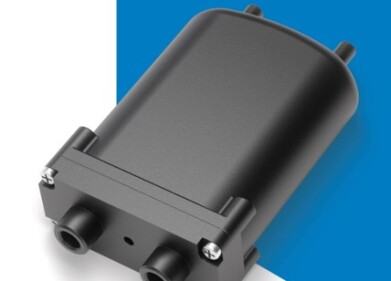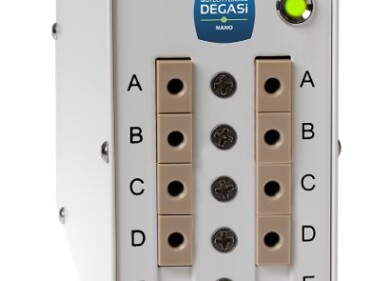Chromatography
Laser Particle Sizer ANALYSETTE 22
Jun 10 2008
have established a tremendous reputation in manufacturing, research
and development in a wide variety of scientific disciplines covering
every range of size measurement from the nanometer up to several
millimetres. Why? Because it offers advantages over other techniques
by providing fast analysis times, good reproducibility, ease of operation
and calibration, large measurable particle size ranges in one
single measurement. These advantages coupled with flexibility,
low maintenance, user friendly, and competitive pricing have ensured
its success.
Fritsch GmbH have successfully developed and manufactured Laser
Particle Sizers for over 20 years and has emerged as one of the most
experienced companies in this field making a considerable contribution
to the further development of laser diffraction through its invaluable
innovations. The most significant example of this was the introduction of
the Inverse Fourier Optic principle which had been known for a long
period of time. The advantage of the Inverse Fourier Optic in laser
diffraction was first recognised and patented by Fritsch which was later
included in the laser diffraction standard ISO 13320-1 under the title
"Reverse Fourier Optic".
The use of the Inverse Fourier Optic enables variations of the
measurement range without the need to exchange the imaging lens. The
measurement range of the instrument is determined by the positioning of the measurement cell between the laser and the
detector. Hence, other than for the conventional optical set-ups, no exchange of lenses is necessary. It is also possible to
adapt the measurement range to the respective sample system in a manner similar to a zoom lens, making optimum use of
the entire sensor surface in each case. Nothing could be easier and considerably increases the flexibility of the instrument
resulting in very good differentiation of particles with only a small size difference (i.e. higher resolution). If the same sample
is also measured at various cell positions, the resolution is increased still further, detecting even minute differences in the
particle size.
Digital Edition
Lab Asia 31.6 Dec 2024
December 2024
Chromatography Articles - Sustainable chromatography: Embracing software for greener methods Mass Spectrometry & Spectroscopy Articles - Solving industry challenges for phosphorus containi...
View all digital editions
Events
Jan 22 2025 Tokyo, Japan
Jan 22 2025 Birmingham, UK
Jan 25 2025 San Diego, CA, USA
Jan 27 2025 Dubai, UAE
Jan 29 2025 Tokyo, Japan



















